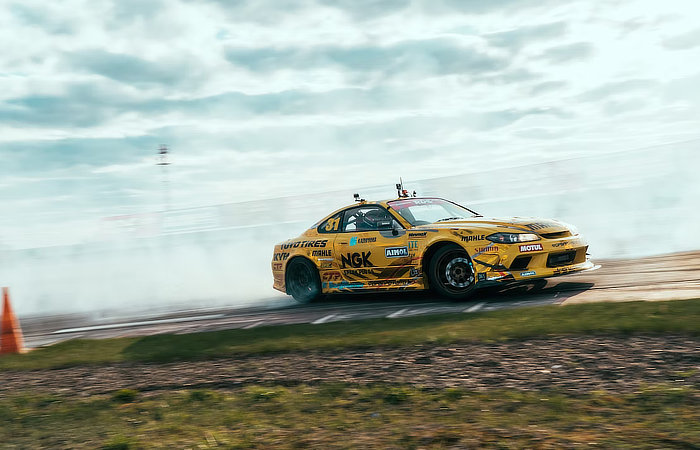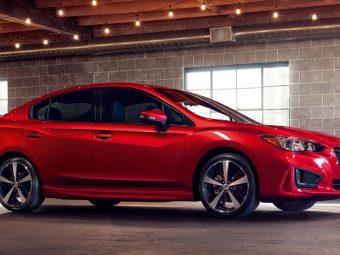If you’re like most people, the only time your car sees a racetrack is when you’re out for a leisurely Sunday drive. But what if you want to take things up a notch? What if you want to see just how fast your car can go? That’s where track days come in. Track days are a great way to push your car to its limits and see what it can do. But before you can do that, you need to make sure your car is ready for the track. This blog post will discuss how to prepare your car for a track day.
1) Check your car’s fluids and filters.
Before taking your car on the track, you should make sure all of the fluid levels are topped off and that the oil filter is clean. If you’re not sure what type of oil to use, consult your owner’s manual or speak to a mechanic for advice.
2) Inspect your brakes.
A properly functioning brake system is essential when it comes to safe driving on a race track. Make sure that all of the brake components are in good condition; if any of them needs replacing, do so before hitting the track.
3) Check tire pressure and tread depth.
Low-pressure tires can be dangerous on the racetrack, as they could overheat and cause an accident. Make sure your tires are properly inflated and that the tread depth is adequate.
If your tires need to be replaced, do so before taking your car on the track. A Tyre shop can advise you on the best tires for your car and driving style.
4) Test drive the track beforehand.
Using a track day simulator or driving the track yourself can help you gain familiarity with the track before taking your car out for a spin. This will give you an opportunity to get comfortable with the layout and make any necessary adjustments in advance.
6) Use the right fuel type.
Your car’s fuel type will likely depend on its engine. If your car was designed for high-octane fuel, make sure you’re using it during the track day.
This will help ensure that your engine is getting the best performance possible. Use 110-octane leaded gasoline if your car is designed for it.
7) Install a roll cage or other safety equipment.
Installing a roll cage in your vehicle (if possible) will provide extra protection if something should go wrong during the track day. Additionally, you may want to consider installing racing harnesses and fire extinguishers, both of which can help keep you safe while on the track. AGI roll cages and harnesses are designed so you can rest assured that your equipment is up to the task.
8) Maintenance check.
Before the day of the track, give your car a complete maintenance check. Check all hoses, belts, and other components to make sure they are in good working order. Additionally, check fluid levels, brakes, and tires one last time before hitting the track.
While taking your car to a track day is exciting, it’s important to make sure your car is prepared first. By following the steps outlined in this blog post, you can help ensure that your car and gear are ready for anything the track might throw at you. Be sure to remember all of these tips when preparing for your next track day!











